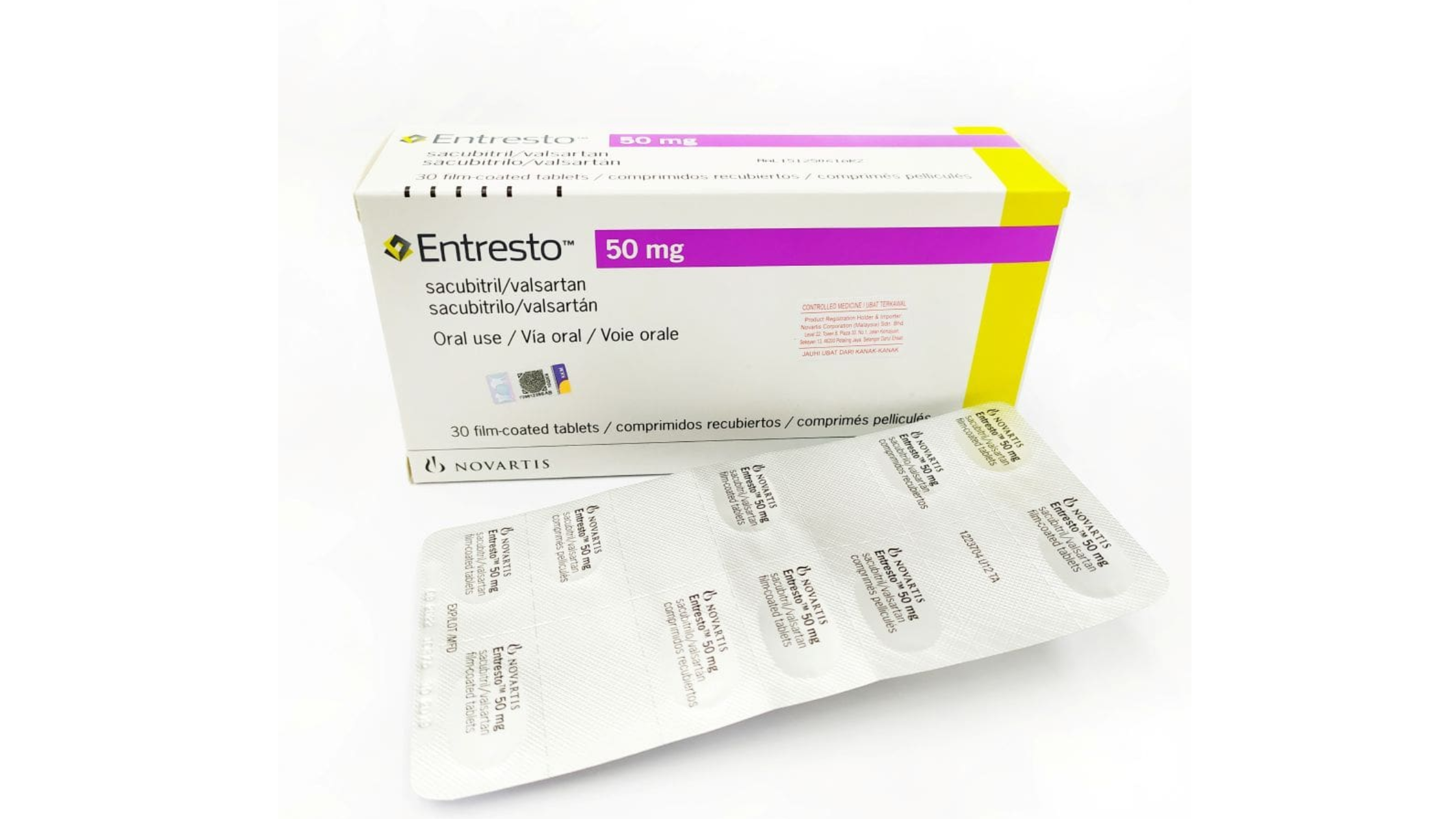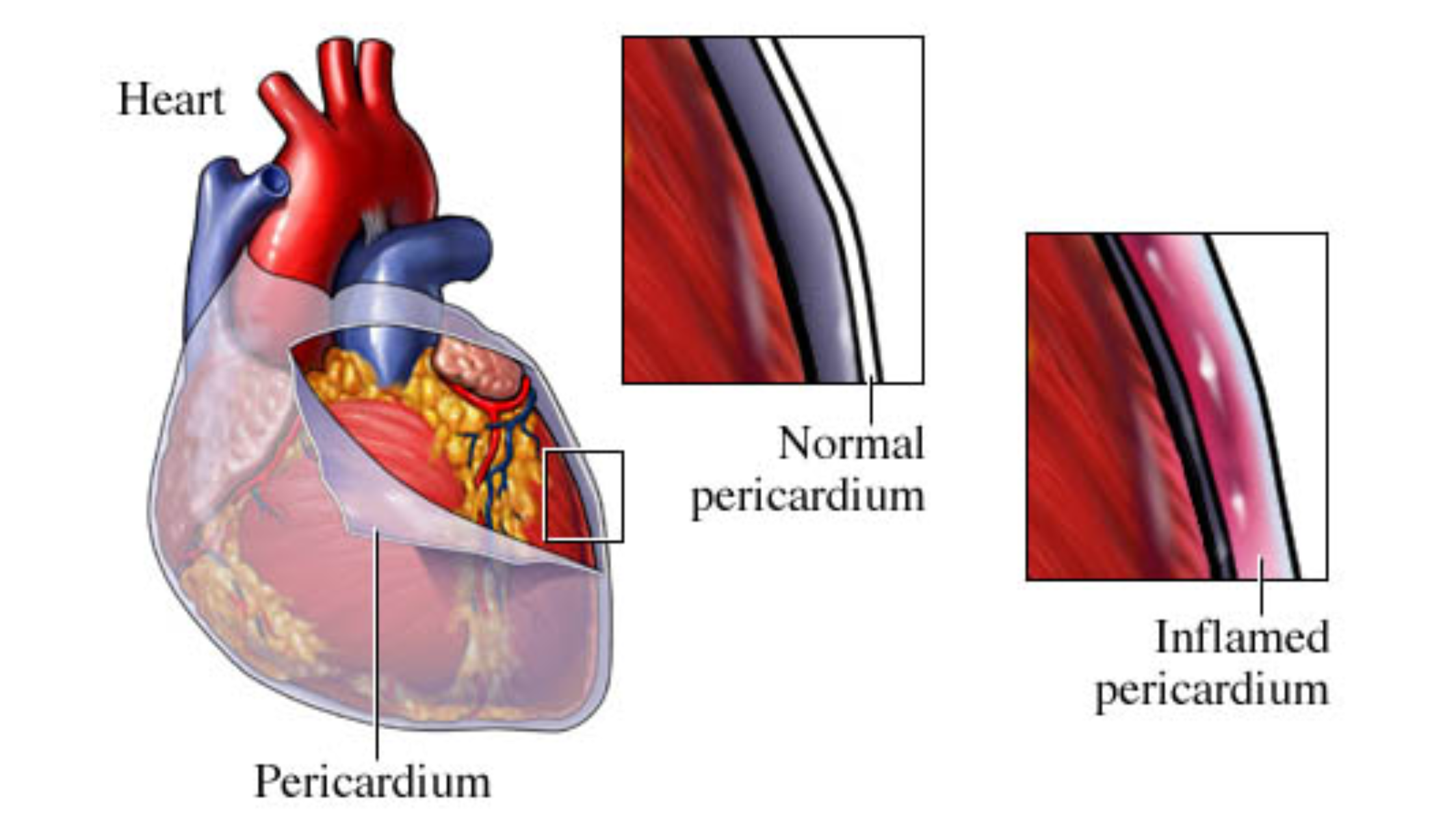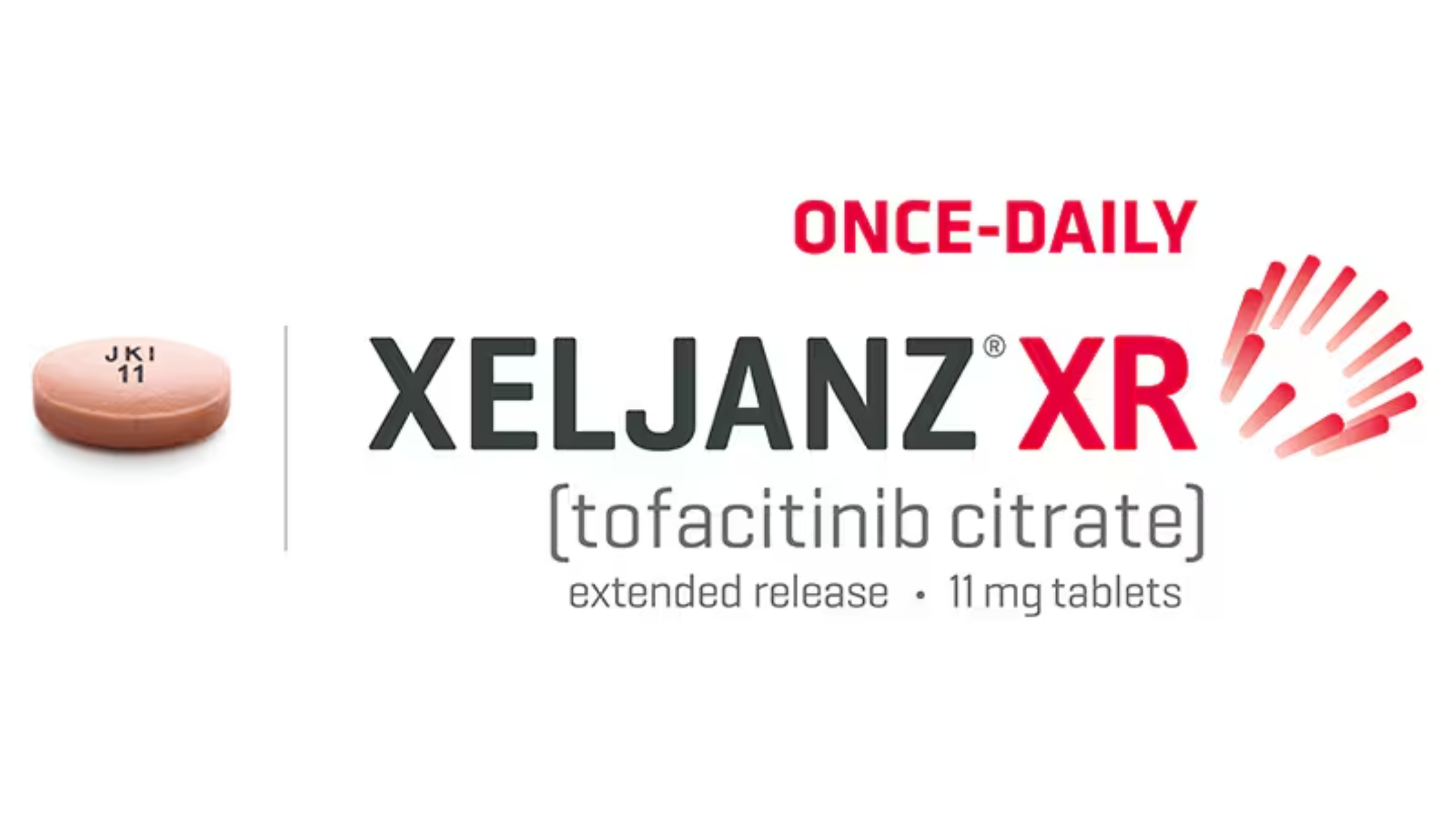Common and serious side effects from Entresto, a heart medicine prescribed for chronic heart failure. Know what to expect before your first dose.
If you’re starting an Entresto prescription, understanding the possible side effects is crucial. This Entresto heart medicine has helped countless patients manage their chronic heart failure, but like any medication, it comes with potential risks. In this article, we’ll explore only the side effects from Entresto—no definitions, no off-topic detours—just the facts you need to make informed choices.
Entresto is used for treating certain types of chronic heart failure, particularly heart failure with reduced ejection fraction (HFrEF). It combines sacubitril and valsartan to improve outcomes by reducing strain on the heart. Despite its benefits, the Entresto drug can lead to several side effects that patients should closely monitor.
Common Side Effects From Entresto
While not everyone experiences side effects from Entresto, the following are commonly reported during clinical use:
a. Low Blood Pressure (Hypotension)
One of the most frequent side effects is a drop in blood pressure. Symptoms include dizziness, lightheadedness, or even fainting, especially when rising from a sitting or lying position.
Monitor your blood pressure regularly during the early weeks of starting your Entresto prescription.
b. High Potassium Levels (Hyperkalemia)
Entresto can cause potassium levels in the blood to rise, leading to fatigue, weakness, nausea, or even irregular heart rhythms in severe cases. Patients should avoid potassium-rich supplements unless advised by a healthcare provider.
c. Kidney Function Impairment
Another notable side effect involves the kidneys. Entresto may reduce kidney function over time, especially in individuals with pre-existing renal conditions.
Serious Side Effects That Require Immediate Medical Attention
Although rare, the following side effects from Entresto can be serious and warrant urgent medical care:
a. Angioedema (Swelling of the Face or Throat)
Angioedema is a severe allergic reaction that causes swelling around the face, lips, tongue, or throat. It may result in difficulty breathing or swallowing. This is a life-threatening reaction and requires immediate discontinuation of the Entresto drug and emergency attention.
b. Severe Hypotension
While mild hypotension is common, a sharp and dangerous drop in blood pressure that doesn’t resolve could indicate a serious adverse reaction, especially in patients who are dehydrated or on high doses of diuretics.
c. Worsening Kidney Function
In some cases, patients may notice a significant deterioration in kidney performance, accompanied by swelling, changes in urination, or elevated creatinine levels. Regular lab testing is essential for those on a long-term Entresto prescription.
Cough and Dizziness: Subtle Yet Persistent Symptoms
Patients have reported:
- Persistent dry cough
- Headaches
- Dizziness during movement
These side effects are generally not life-threatening but can interfere with daily comfort and quality of life. If they persist or worsen, your doctor may adjust the dose or switch medications.
Drug Interactions That Can Exacerbate Side Effects
Entresto may interact with:
- ACE inhibitors or ARBs
These can increase the risk of angioedema or kidney damage. - NSAIDs
These can further impair kidney function and increase blood pressure. - Potassium-sparing diuretics or supplements
These increase the risk of hyperkalemia.
Make sure your doctor is aware of all medications you’re taking before beginning this Entresto heart medicine.
Long-Term Use: What to Watch For
Prolonged use of Entresto can lead to:
- Gradual kidney deterioration
- Cumulative fatigue due to chronic low blood pressure
- Increased risk of falls in elderly patients due to dizziness or imbalance
That’s why ongoing monitoring through lab tests, blood pressure tracking, and regular follow-ups is non-negotiable.
Who’s at Greater Risk for Side Effects?
The risk of experiencing side effects from Entresto may be higher in:
- Seniors over 65
- People with existing kidney conditions
- Those on diuretics or NSAIDs
- Individuals with low baseline blood pressure
- African American patients, due to higher rates of angioedema reported in this group
If you’re part of any of these groups, speak with your cardiologist before continuing the Entresto heart medicine.
How to Manage Side Effects From Entresto
Here are proactive steps to reduce or manage side effects:
- Stay hydrated, but avoid excess potassium.
- Rise slowly from beds or chairs to reduce dizziness.
- Get regular blood work to monitor kidney function and electrolyte levels.
- Log your symptoms in a diary and share with your doctor.
- Never stop the Entresto drug suddenly without medical advice.
While Entresto has revolutionized the treatment of chronic heart failure, it’s not without its side effects. From mild symptoms like dizziness and cough to life-threatening reactions like angioedema, awareness and monitoring are key to safe use. If you’re on an Entresto prescription, you must stay in close communication with your healthcare provider to adjust treatment as needed.
Entresto offers hope, but understanding its full profile—including potential drawbacks—will empower you to take charge of your heart health with confidence.




